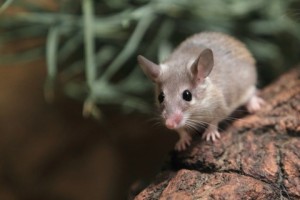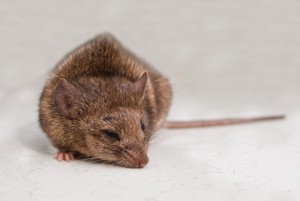 The house mouse is the most commonly encountered and economically important of the commensal rodents, the Norway and Roof (Black) rats being the other two. House mice are not only a nuisance, they damage/destroy materials by gnawing, and eat and contaminate stored food. They are also of human health importance as disease carriers or vectors. The most common way mice transmit disease organisms is by contaminating food with their droppings and/or urine. Rats can also introduce disease-carrying parasites such as fleas, lice and ticks into your home. Each rodent can contaminate 10 times more food than it eats.
The house mouse is the most commonly encountered and economically important of the commensal rodents, the Norway and Roof (Black) rats being the other two. House mice are not only a nuisance, they damage/destroy materials by gnawing, and eat and contaminate stored food. They are also of human health importance as disease carriers or vectors. The most common way mice transmit disease organisms is by contaminating food with their droppings and/or urine. Rats can also introduce disease-carrying parasites such as fleas, lice and ticks into your home. Each rodent can contaminate 10 times more food than it eats.
The most threatening organism spread by mice is salmonella, a cause of food poisoning, spread via droppings. Other transmittable organisms include tapeworms via droppings, rat-bite fever via bites, infectious jaundice/letospirosis/Weil’s Disease via urine in food or water, a fungus disease (Favus) of the scalp either by direct contact or indirectly via cats, plague and murine typhus via fleas, Rickettsial pox via the mite Liponyssoides sanguineus (Hirst), lymphocytic choriomeningitis via droppings, and possibly polio. Another problem is house mite dermatitis which is caused by these mites when they feed on humans.


